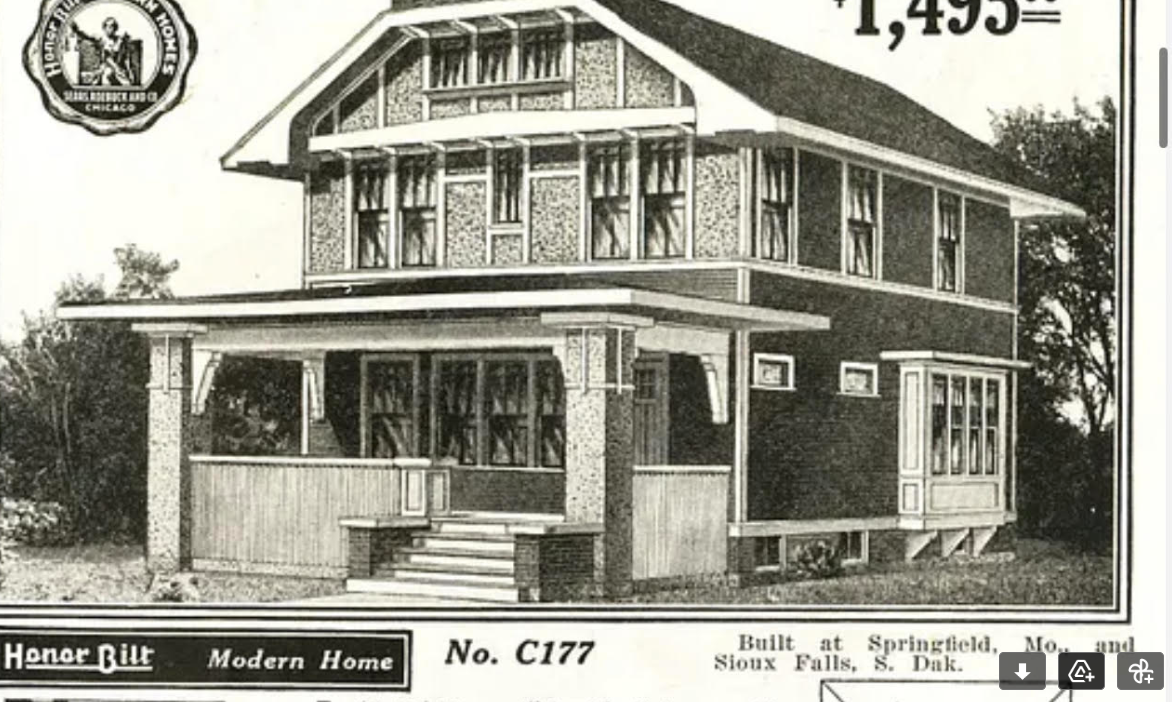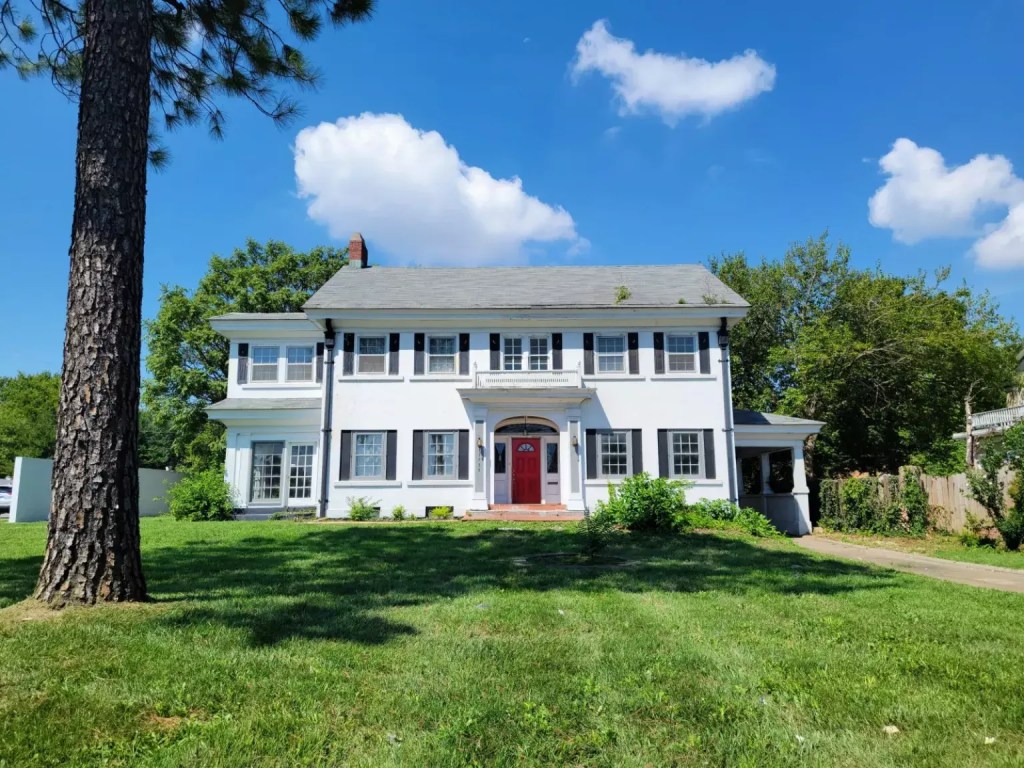Answer Man: We’ve gone down a rabbit hole trying to find Sears homes still standing across the United States. As it turns out, there was one built in Springfield. We were wondering if you know of this home, or could do some Pokin Around to find out more. — Tia Bowers, of Springfield
Tia sent me a link to a website about Sears homes, which were entire houses ordered from catalogs and shipped all over the country.
Tia's search apparently is for a specific model of Sears home: model No. 177.
It is based on this Sears ad for the model, which states in the lower right corner that one has been built in Springfield.

I know of one documented Sears home in Springfield; it's on West Webster Street, but it is not model No. 177.
In reporting this story, a source has told me of a second Sears home, but it was demolished. It was at National and Sunshine. On the other hand, a second source, real estate agent Richard Crabtree, assures me it was not a Sears house. I'll explain later.
Regardless, believe it or not, between 1908 and 1940, Sears, Roebuck and Co. had a Modern Homes unit that sold house kits. The company sent by train just about everything needed to build your own home.
Some 70,000 to 100,000 Sears homes were constructed, most of them east of the Mississippi.
They sold for $250 to more than $5,000 and the parts were typically shipped in 30,000 pieces in boxcars. They came with a 75-page instruction manual and included 750 pounds of nails and 27 gallons of paint and varnish.
Some Sears homes are multi-story; some made of brick
Some buyers enlisted friends and family to build them, similar to an Amish barn raising.
Others hired carpenters and other tradespeople.
An estimated 370 to 450 designs were available, from Cape Cods to bungalows to Colonials. After production ended, Sears destroyed its sales records, which makes it difficult to track them down today.
It's believed most people living in a Sears home don't know it was built from a kit.
One thing I've learned about Sears homes is that you would never imagine what can be erected from a kit. Many are multi-story, and I've seen photos of Sears homes made of brick.
One Sears home, for sure, is on Webster Street
The one home in Springfield I know for sure is a Sears home is at 619 W. Webster St.
The News-Leader did a story on the home in 1984.
It was purchased by postal clerk Homer J. Leeper and his wife Edith L. in 1911 or 1912, the story states. It has two stories and seven rooms.
This is a documented, for-sure Sears home because Leeper was so pleased with the house that he wrote a letter to Sears and the company put it in its fall 1913 catalog.
The house was priced at $916 and Sears estimated total construction costs at $1,870, when labor, cement, brick and plaster were added. Fun fact, that same house was recently listed for sale for nearly $150,000 in 2022, according to Zillow.
The Leepers owned it until 1926.
I drove by Monday to take a photo of the house and spoke briefly to current owner Kristen King. She says the former owner told her it was a Sears home.
King has owned it about 8 months. She says the house is in good shape.
“It kind of squeaks and stuff, but it's over 100 years old.”
Where is the Model No. 177 Sears home?
Jane Ann Johnson, who was once involved with the Greene County Historical Sites Board, tells me the house formerly at 1755 S. National Ave. was a Sears kit home.
Yes, that house.
It's the one that once was at National and Sunshine until it was demolished Oct. 4 by the development company that bought it, Be Kind & Merciful. She says she was told it was a Magnolia model.


Johnson believes it was a Sears house because Dr. Robert Flanders, emeritus professor of history at Missouri State University, told her so.
Flanders helped create the Center for Ozark Studies, now called the Ozarks Studies Institute, and served as its director. He died in December at 91.
Johnson is not saying the house demolished was necessarily Sears Model No. 177. In fact, it does not look like that model.
But she certainly believes it was a Sears home.
Tracking Sears homes is a ‘great mystery'
Richard Crabtree, a Murney real estate agent who publishes the Facebook page Springfield, Missouri History, Landmarks & Vintage Photography, says it was not a Sears home.
He says the home (the once that has been demolished) was built by J.F. Sawyers.
According to online records with the Greene County Assessor's office, the house once at Sunshine and National was built in 1930.
Positively identifying Sears kit homes is no easy task, Crabtree says.
“Trying to trace Sears homes in Springfield has just been an absolute nightmare,” Crabtree says. “It has always been a great mystery.”
One obstacle is that several companies — not just Sears — sold house-building kits, including Montgomery Ward.
The companies' designs, styles and models were similar.
In addition, he says, some customers bought a Sears kit and then added personal touches during construction.
One clue used to be the “S” doorknobs
Crabtree says one telltale sign that a home was made from a Sears kit used to be that the doorknobs had a distinctive “S” on them similar to the “S” in “Sears.”
But most of those who owned a Sears home, Crabtree says, took the S doorknobs with them when they sold the house.
He suspects that if there are more Sears homes in Springfield they are likely in the Rountree neighborhood because its of proximity to the railroad tracks.
“The parts could fill up an entire boxcar,” he says.
This is Answer Man Column No. 40.

